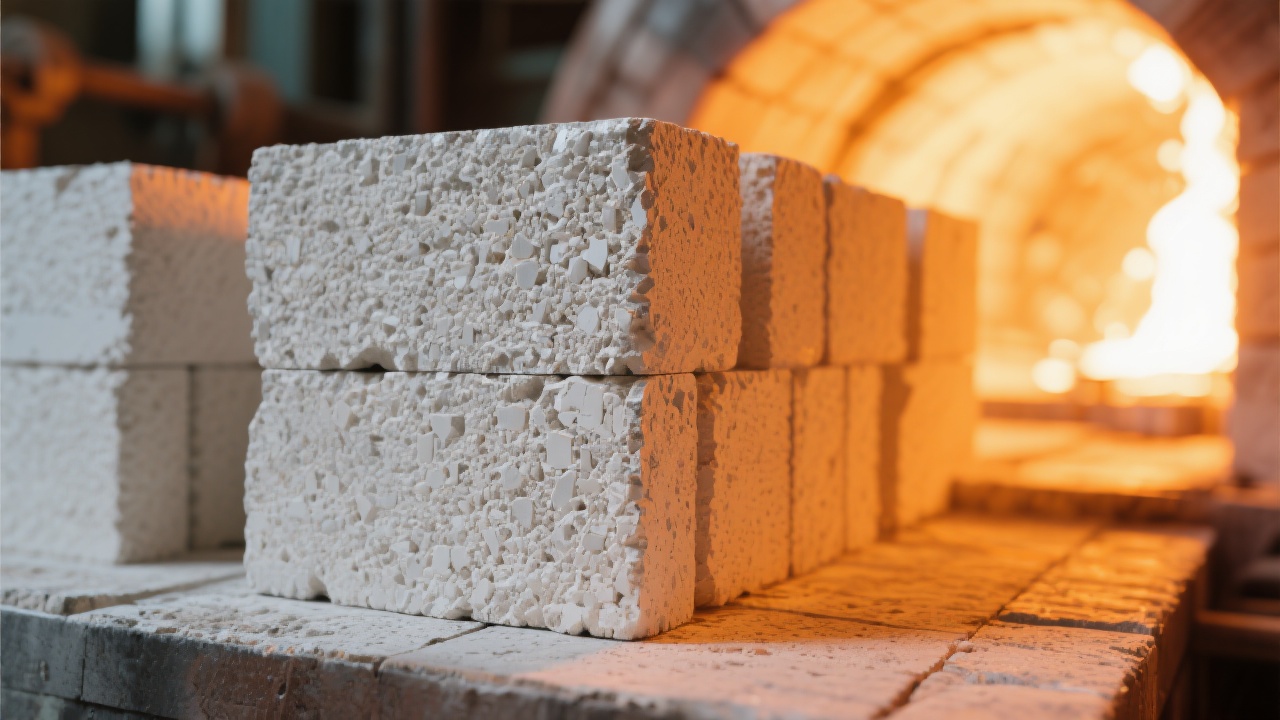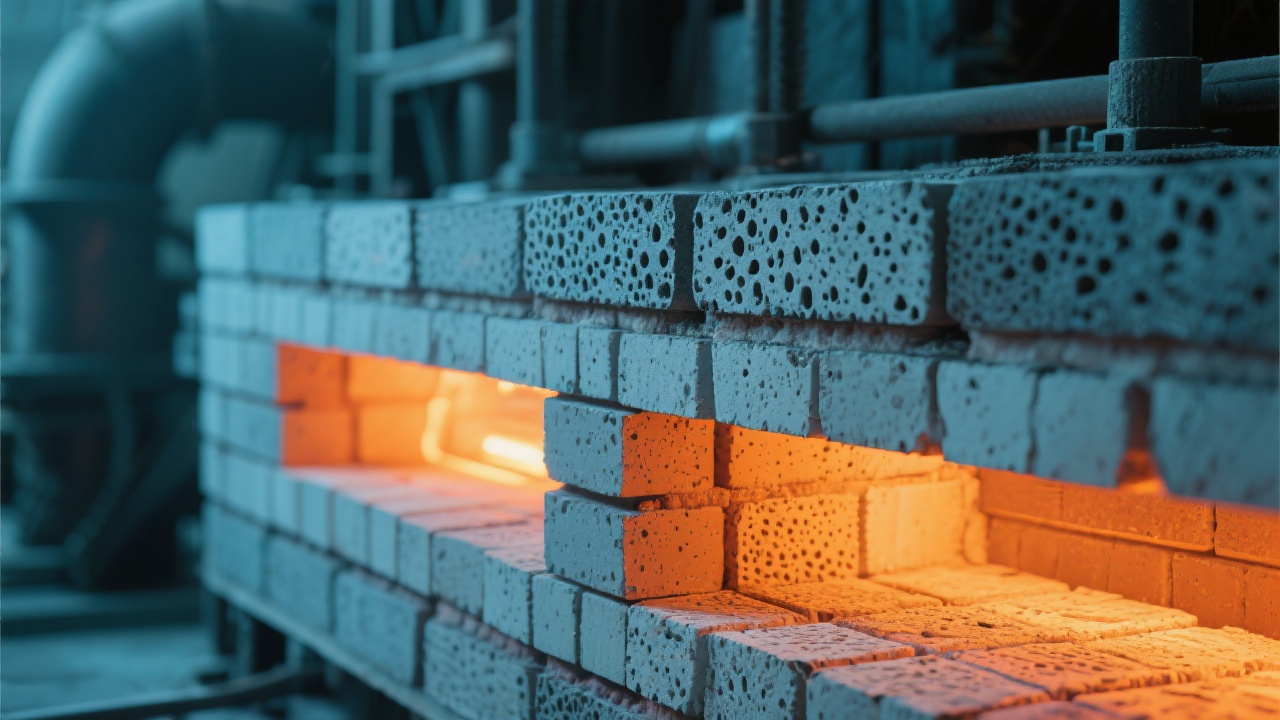
In the demanding environment of steel furnace operations—where rapid temperature changes, high thermal stress, and prolonged exposure to molten metal are the norm—choosing the right refractory brick is not just a maintenance decision—it’s a strategic one that directly impacts safety, uptime, and profitability.
Mullite bricks (especially those with red mullite content) offer superior performance under extreme conditions. According to industry studies from the International Commission on Refractories (ICR), mullite-based bricks exhibit up to 40% better resistance to thermal shock compared to conventional fireclay bricks when subjected to repeated heating/cooling cycles between 1200°C and 200°C.
| Property | Red Mullite Brick | Traditional Fireclay Brick |
|---|---|---|
| Thermal Shock Resistance (°C) | ≥ 1000 | ≤ 700 |
| Creep Resistance @ 1400°C (hrs) | > 500 hrs | < 200 hrs |
| Service Life (months) | 18–24 | 10–14 |
When selecting mullite bricks for your furnace lining, consider:
A case study from a mid-sized Chinese steel mill showed a 30% reduction in unplanned downtime after switching from standard bricks to high-purity red mullite bricks in their reheating furnace zone—resulting in an estimated annual savings of $85K per furnace.

Even the best materials degrade over time. Regular inspection protocols should include:
Proactive monitoring can extend service life by up to 30%, according to data from the American Ceramic Society (ACerS).
💡 Tip: Create a simple digital logbook for each furnace using free apps like Google Sheets or Trello—track temperature profiles, inspections, and repairs in real-time.

Whether you're managing a single blast furnace or a multi-zone continuous caster, investing in proper refractory selection isn't just about cost—it's about operational resilience.
Ready to optimize your furnace performance? Let us help you choose the right mullite brick for your specific application—with technical support, lab testing, and field validation.
Get Your Custom Refractory Assessment Today

